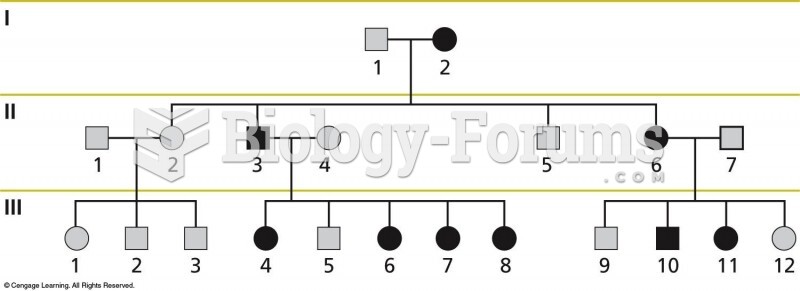Answer to Question 1
a
Answer to Question 2
Judges, prosecutors, and defense attorneys are representatives from separate, independent sponsoring institutions. They are drawn together by a common task. As a result, courthouse regulars work together cooperatively on a daily basis in ways not envisioned by the formal adversary model (Jacob 1991; Lichtenstein 1984; Lynch and Evans 2002). Indeed, in problem-solving courts such cooperation forms the philosophical backbone for the courts' existence (Worrall & Nugent-Borakove 2008). To understand the extent as well as the limits of this cooperation, we need to examine why courtroom work groups form in the first place and their impact on the administration of justice. Each of the courthouse regulars is a representative of a sponsoring institution, which hires and fires them, monitors their activities, and rewards their performance. None of these actors can perform his or her tasks independently; they must work together. These interactions are critical because none of the courthouse regulars can make decisions independently; each must consider the reactions of others.
Each member of the work group can achieve individual goals and accomplish separate tasks only through work-group participation. The actors share common interests in disposing of cases. Hence, cooperationmutual interdependencewith in the work group is viewed as leading to mutual benefits. Courtroom work groups reflect shared decision making. Judges retain the legal authority to make the major decisions, such as setting bail and imposing sentences, but they often rely on others. They routinely follow the bail recommendations of the prosecutor and accept guilty-plea agreements reached by the defense and prosecution. This does not mean that the judge is without power; the other actors must be sensitive to what the judge might do. Prosecutors (and defense attorneys) know the amount of bail a particular judge has set in past situations, so that is what they recommend in the current case. This shared decision making is highly functional because it diffuses responsibility. Judges, prosecutors, defense attorneys, and others are aware that the decisions they make could turn out to be wrong. The members of the courtroom work group share a sense that when one of their members looks bad, they all look bad. Decisions, therefore, are made jointly. The hallmark of work groups is regularity of behavior. This regularity is the product of shared norms about how each member should behave and what decisions are desirable. Courthouse workers can make their common worksite unpleasant, or, through cooperation, a predictable place to work. The greater the certainty, the less time and resources they need to spend on each case. Based on similarities among cases, members of the work group develop certain ideas about types of crimes and criminals. These are referred to as normal crimes (Sunow, 1965). Once a case has been classified as a normal crime it is usually disposed of on the basis of a set pattern. In essence, normal crimes represent a group sense of justice. Actors who violate these rules of personal and professional conduct can expect sanctions from the other members of the work group. A variety of rewards and sanctions are available.
 Bluehead wrasse males with yellow females of the species. If the blueheaded male is removed from a t
Bluehead wrasse males with yellow females of the species. If the blueheaded male is removed from a t
 (a) Male competition can be fierce. (b) This male baboon has bite wounds suffered in competition wit
(a) Male competition can be fierce. (b) This male baboon has bite wounds suffered in competition wit
 Young adults increase in self-esteem between the ages of 18 and 25, according to this longitudinal s
Young adults increase in self-esteem between the ages of 18 and 25, according to this longitudinal s




